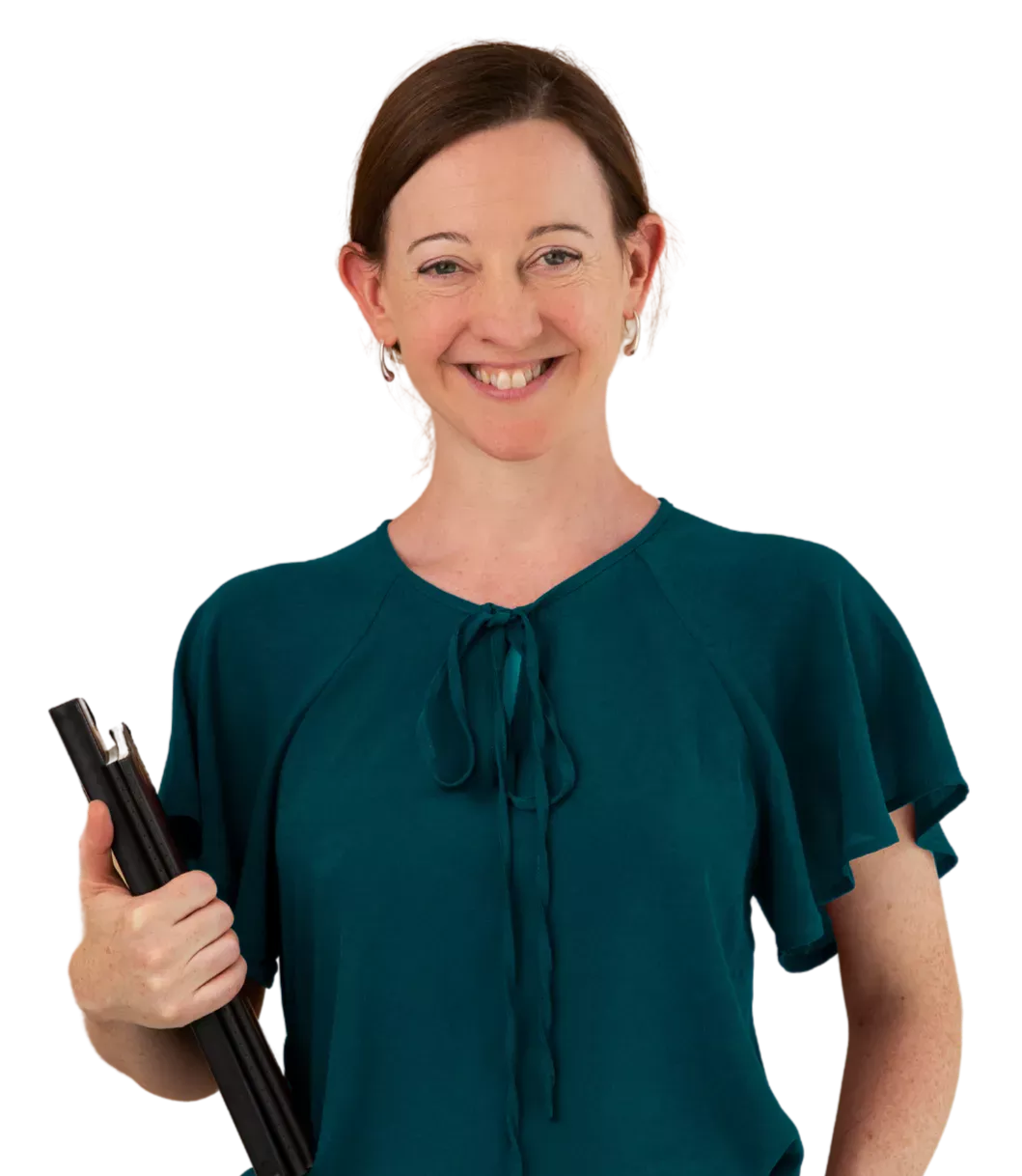How to use stative (state) and dynamic verbs
- Download a complete list of stative verbs with lots of examples in PDF here.
Try an exercise about stative verbs here.
Some English verbs, which we call state, non-continuous or stative verbs, aren't used in continuous tenses (like the present continuous, or the future continuous). These verbs often describe states that last for some time. Here is a list of some common ones:
Stative (or State) Verb List
| like | know | belong |
| love | realise | fit |
| hate | suppose | contain |
| want | mean | consist |
| need | understand | seem |
| prefer | believe | depend |
| agree | remember | matter |
| mind | recognise | see |
| own | appear | look (=seem) |
| sound | taste | smell |
| hear | astonish | deny |
| disagree | please | impress |
| satisfy | promise | surprise |
| doubt | think (=have an opinion) | feel (=have an opinion) |
| wish | imagine | concern |
| dislike | be | have |
| deserve | involve | include |
| lack | measure (=have length etc) | possess |
| owe | weigh (=have weight) |
A verb which isn't stative is called a dynamic verb, and is usually an action.
Some verbs can be both stative and dynamic:
| Be |
be is usually a stative verb, but when it is used in the continuous it means 'behaving' or 'acting'
|
| Think |
|
| Have |
|
| See |
|
| Taste |
|
